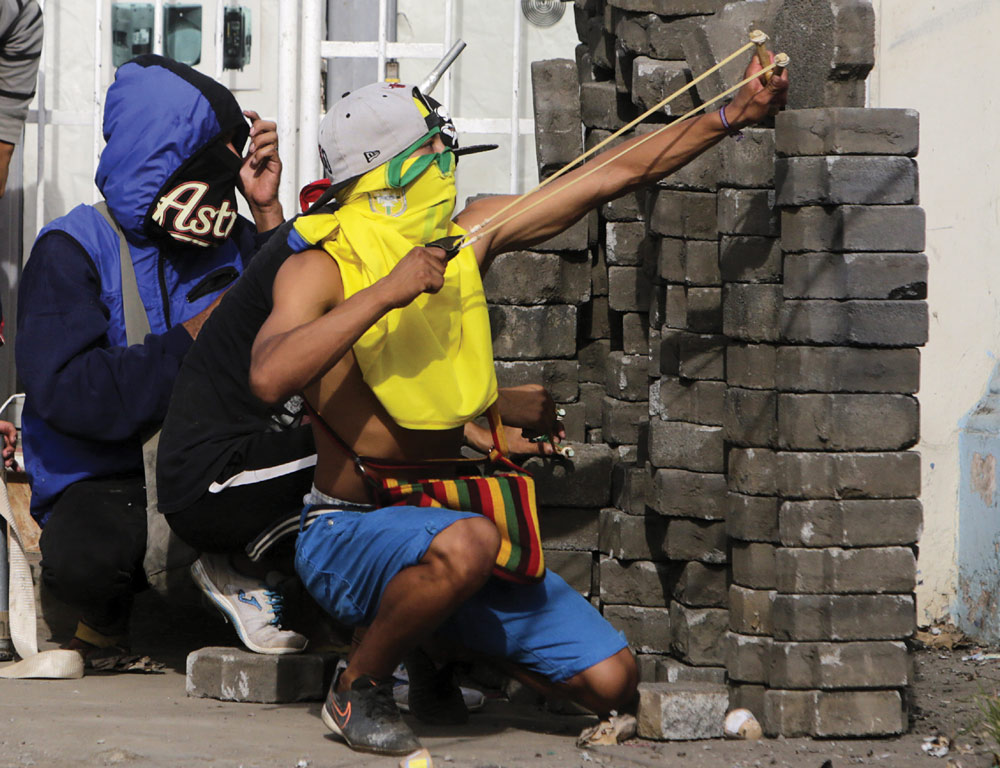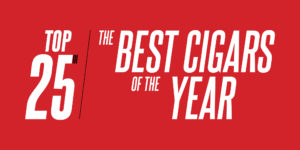April 2018 will be remembered as the month social and political upheaval brought tensions to a violent head in Nicaragua. Now the Nicaraguan people, the cigar industry, and the world are waiting to see whether things take a turn for the better or collapse even further.
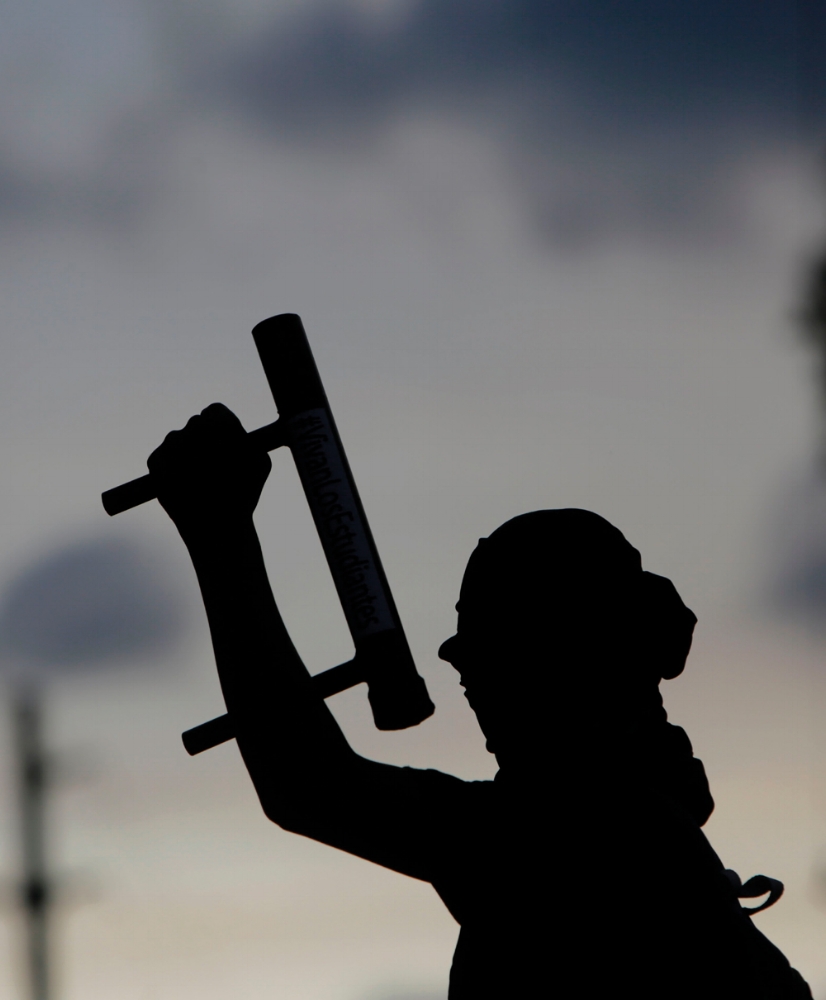
When you tune into the nightly news or scroll through online articles in your social media feeds, you’re probably not seeing a whole lot about Nicaragua. Let’s bring you up to speed. First the short version, then the long.
The short version: The shit has hit the fan.
Predictably, the long version is also more complicated. For the sake of context, you might need some background information on the country’s history and where the Nicaraguan government comes from. Almost all of this hinges on one guy, 72-year-old Nicaraguan president Daniel Ortega. Ortega joined the Sandinista National Liberation Front (or FSLN, the Spanish abbreviation) when he was a student in 1963. He was arrested in 1967 for insurrectionist activities and released in 1974, at which point he made his way to Cuba for some guerrilla warfare training from the Castros. By the time the FSLN overthrew Nicaraguan dictator Anastasio Somoza in 1979, he had risen through the ranks of the movement and was tapped to join the junta that ran Nicaragua’s provisional government after the coup.
In 1984, Ortega won a presidential election with more than 60 percent of the vote. His presidency was characterized, in part, by the typical Marxist move of nationalizing businesses. This is a period you’ll hear the old guard of Nicaraguan cigar making refer to as the biggest, most dangerous hurdle they’ve faced this side of Pinar del Río. Ortega remained in office from 1985 to 1990, when a free election brokered as part of the peace agreement that ended yet another civil war (this one between Ortega’s government and the Contras you’ve heard so much about) brought Violeta Chamorro into the presidency.
Ortega was out of office, but he wasn’t out of politics. So active was his opposition that he came back to run for president three times — unsuccessfully in 1996 and 2001, then winning in 2006 and every five years after that. In that election, though, he won only 38 percent of the vote (the runner up had 29) and moderated his policy stances to a form of democratic socialism.
Though Ortega toned down his Marxism, he didn’t go too far in loosening his kung-fu grip on power once he had his hands back on the wheel. Case in point, in his most recent electoral victory in 2016, he got more than 70 percent of the vote in a highly suspect election that was criticized for barring independent observers. That in a country that is currently on the brink of yet another civil war to unseat him less than two years later.
SO WHAT’S IT ABOUT THIS TIME?
Nicaragua has 19 active volcanoes. I was always a terrible student, so I don’t remember how real volcanoes work. In the interest of not abandoning this metaphor — Nicaragua even has volcanoes on its flag — let’s imagine Nicaragua as one of those science fair volcanoes you pour stuff into until it erupts.
The first ingredient into the volcano is also the one that took the longest to create: a general lack of confidence in the state as having Nicaraguans’ best interests in mind. This might seem silly. After all, who the hell really thinks they can count on politics? But the Sandinista movement is fresh enough in Nicaragua’s history that there is still a generation that remembers the sacrifices it made to bring Ortega and the FSLN to power all those decades ago.
“There’s an important distinction to be made here,” said Juan Martínez of Joya de Nicaragua Cigars. “A large chunk of the population continues to identify as Sandinista in ideology and beliefs. Despite that, the Sandinistas who today call themselves Sandinistas in the sense that they’re affiliated with the party and are Orteguistas are more politically active, but they’re a minority. Not all [ideological] Sandinistas are in favor of what the government is doing now. That includes some of the historic Sandinistas who founded the party and are not in favor of the government reopening wounds of violence and bloodshed in Nicaragua.”
The second ingredient, strangely enough, is a forest fire. See, at some point the Ortega government decided that it should team up with Chinese telecoms billionaire Wang Jing to build a new Central American canal in Nicaragua. The idea was to have it run near the southern border, cutting across the narrow stretch of land between the Pacific Ocean and the massive Lake Cocibolca before starting up again along the eastern half of the Nicaraguan-Costa Rican border.
But as the plans got shaky and Wang Jing’s ability to hold up his end of the deal became less certain, environmentalists began to make noise about the fact that the project would do damage to the Indio Maíz Nature Reserve.
“That was a huge issue. A lot of protests,” said Nicholas Melillo, the Connecticut-born founder of Foundation Cigar Co. who first arrived in Estelí in 2003. “And a week before all of this got out of control in April, there were massive forest fires in the Indio Maíz Reserve.”
““We are an absolute exception to the rule in Nicaragua. Throughout the country — in tourism, the service industry, every other sector — business has been affected.””
Managua newspaper La Prensa reported that two experts agreed the fires were started intentionally and without any kind of control in place. In other words, either someone was being careless or someone wanted it to spread. About 13,000 of the reserve’s 1.1 million acres were ablaze, and at least some of the Nicaraguan public was convinced enough that they knew who to blame.
“People were outraged and all of a sudden it’s on fire,” Nicholas said. “So there was talk the week before this all got crazy in April that the government had set these fires. I have no idea what evidence there is to support that, but I was down there and this was a big issue of concern. Everybody was talking about the fires of Indio Maiz.”
The protests over Indio Maíz started April 12 with hundreds of marchers. The next ingredient in the science fair volcano came April 18, when an announcement was made that the Ortega regime intended to increase social security taxes while cutting pension payments to the elderly.
The general discontent — having been amplified by the canal issue and now the social security issue — was becoming a bona fide, but relatively modest protest movement. But the final ingredient, the one that would make all the others spill out over the top, was violence. The Ortega government began to respond to these protests with force, particularly through orchestrated attacks by pro-Ortega “Sandinista Youth” groups.
“I’ve seen a lot of protests over the years,” Nicholas said. “This one was different because the protests started and a woman took a video from her house in Managua. In the video you see very clearly trucks of people with brand new white t-shirts get out of the trucks and start beating up the protesters, chasing them down and chasing down the press that was on the scene. And then they jumped back in the trucks and took off. This video spread within two days. Nicaragua is 6 million people and everybody’s got Facebook these days.”
It’s tough to know how much that particular video, which went up April 18, did to spur the protests, but it and media like it played a role; just two days later, the protest movement had swept the country and the violence against the protesters had escalated. Two people were dead by April 20.
The cycle of civilian protests and violent government response — sometimes through those Sandinista Youth groups, sometimes carried out by police or paramilitaries — has gone on more or less uninterrupted. At the time I’m writing this, the protests have been going on about 60 days. The death toll is about 285. For perspective, that’s more deaths in confrontations between protesters and the Nicaraguan government in 2 months than Venezuela has seen in protests that have been ongoing since 2014.
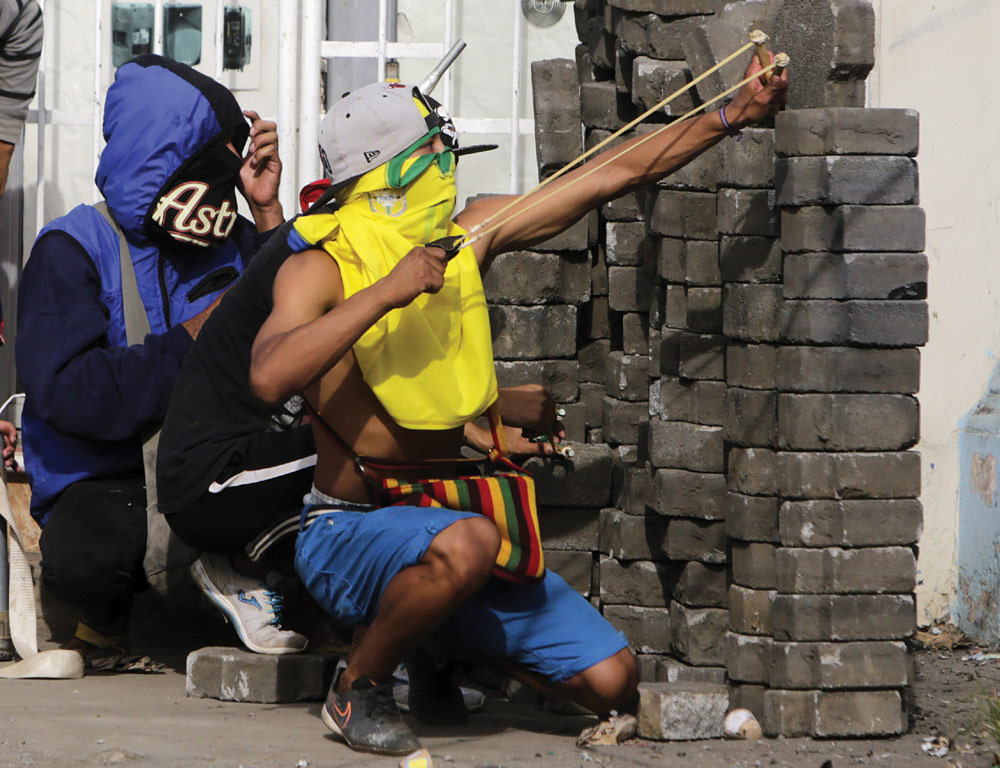
THE ESTELÍ ANOMALY
Throughout, the upheaval, the cigar and tobacco city of Estelí — a bastion of Sandinismo since the early days — has been quiet compared to the rest of the country. There have been protests and deaths and crime, to be sure, but nothing on the scale that the rest of the country is seeing.
“The cigar industry is different,” Juan said. “That’s because 99.9 percent of our product is exported for consumption outside Nicaragua, so our industry has been blessed.”
While the whole country has taken a hit economically, Estelí and its residents have been somewhat shielded from the worst of it because their economy is so connected to consumption of their luxury good by foreigners. A small number of factories, especially larger ones, have run into isolated absenteeism because some employees with long commutes to Estelí haven’t been able to get past the same roadblocks that have been slowing down the transport of cigars and tobacco to ports.
“Our production has been affected by personnel not being able to get to work because of the roadblocks on the highways. Many of our workers commute from outside Estelí,” said Freddy Molina, the general manager at Tabacalera AJ Fernandez. “Not having production at 100 percent means we fall behind on fulfilling orders. For a couple of days, there was no way to get cigars to the airport in Managua. That delayed shipments by three days to a week.”
AJ Fernandez employees have also been let out of work half an hour earlier than normal to help them avoid getting stuck in the protests and other crowds that might form after business hours.
Hiccups aside (some of them big hiccups, to be sure), things have been chugging along in Estelí factories.
“We are an absolute exception to the rule in Nicaragua,” Juan said. “Throughout the country — in tourism, the service industry, every other sector — business has been affected.”
Hotels throughout the country have begun to shut down. At certain points in this stretch, restaurants were reported to have been operating at as little as 15 percent capacity. Flights are arriving to Nicaragua practically empty. In this sense, Estelí is an oasis from the economic doom and gloom being faced by the rest of the country.
“The most important business entity in the country is Grupo Pellas, run by Carlos Pellas,” said Wendy Guido, an alternate assemblywoman for the minority Conservative Party in the National Assembly, Nicaragua’s legislative body. “They own Mukul, the luxury resort which is the largest and most expensive hotel in the country. Pellas has closed it. That gives me the impression that other business owners, especially much smaller ones, will have to do the same.”
Wendy told me that even the hospital the Pellas Group owns has been struggling to keep up with influx of patients after it offered to treat people wounded in the protests. Unemployment, she added, is starting to become an issue in some sectors of the economy.
That the cigar industry’s consumer base is outside the country can go only so far for so long to insulate it and Estelí from the effects of all this instability and uncertainty. Whether cigars and the town that makes them follow the rest of the country down this path will depend on how the political landscape changes and how quickly the state, civic leaders and everyday Nicaraguans can mend the wounds of this latest round of turmoil.
Still, Nicholas remains confident that the people of Estelí recognize the important role the industry has played and won’t let things devolve to the point of putting that industry in jeopardy by antagonizing cigar makers and attacking their businesses.
“Every family [in Estelí] has someone who is working or has worked for the cigar industry. If you take the cigar industry out, where is the fulfillment of jobs? There is no other industry there that can put that many people to work, so people are very conscious that this is how they support themselves and their families,” he said. “It might not be perfect, but the cigar industry has come a long way in its standards, its practices, insurance for employees, education for employees, things of this nature.”
For now, most cigar makers seem to have found ways to make do, especially in the lead up to July’s IPCPR trade show Las Vegas, which premium cigar brands usually treat as the venue for their big reveals of new products. That means that they’ve needed to contend not only with the slowdowns in production, but also with the added complication of shipping product from Nicaragua to Las Vegas in time for the show
“Luckily, we were very prepared,” said Nicholas. “A lot of my booth for the IPCPR was prepared and made in Nicaragua. We got everything through. I was on edge for a while and I was going to be on edge until the shipment hit the States. Shipments are coming through. It’s definitely backed us up and we’re behind a cycle on our shipments. We should be on track over the next couple of months as long as things don’t go crazy again.”
WHERE THINGS GO FROM HERE
I’ve only been covering the cigar industry since the start of 2013. Even in that short time, Estelí has been transformed by the cigar industry. Sure, there’s poverty. But there’s also been a palpable sense of optimism on the street, in restaurants, and in the demeanor of the people you deal with around town.
Maybe the most incredible thing about that is that even in this historical socialist stronghold, that optimism seems rooted not in the protectionist policies of a Marxist regime or trust in a paternal head of state, but in the benefits of living in a town driven by a diverse group of competing entrepreneurs making cigars for consumption in the Yankee free market that Sandinismo demonized and even fought for so long. It’s not just the farms and factories, but the economic development that has come along with all that: hotels, shopping malls, restaurants, transportation, professional services.
If living through all that transformational change — and recognizing that it’s owed in large part to the private sector — kicked Estelí’s residents out of their rigid support for their Sandinista president, his violent response to protests against his policy has turned many to outright opposition.
“[The violent response to protests] swayed a lot of people’s opinions,” Nicholas said. “I think everybody was shocked about how fast it went down. Because of how fast it happened, I tend to think that people were not happy and didn’t express it. Maybe there was a fear of expressing it.”
Estelí’s optimism has given way to an anxiety about what the future holds and what the city and country will have to go through to get there. According to Juan, there’s effectively a self-imposed curfew of 6 p.m. because violent crime has spiked with the diversion of law enforcement resources and a general drop in confidence in those institutions. Other cigar makers have talked about their facilities’ guards being held up at gunpoint and the challenge of keeping squatters off of farmland, where they would set up tent encampments and claim the land was stolen during another period of upheaval.
Meanwhile the relative calm in Estelí is just that — relative. There are protests and mortar fire and even some gunfire and deaths. At one point, protesters began using pavers that cigar makers had just paid to pave certain areas with to shield themselves from police, ripping them out of the ground and creating barricades.
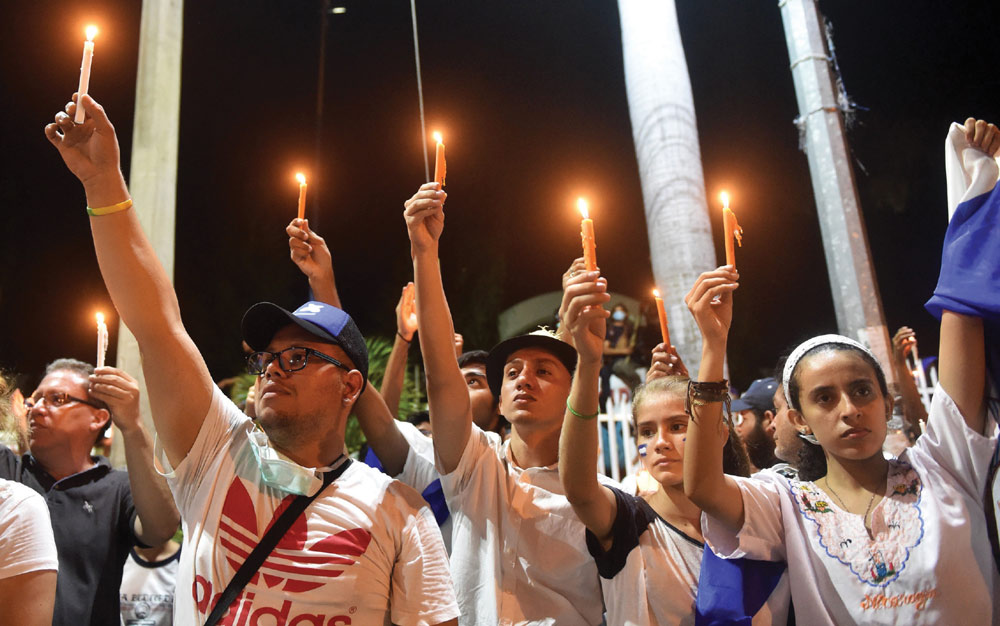
“No Nicaraguan feels like things are OK right now,” Juan said. ”It’s a trauma that will take some time to recover from, not only in terms of government institutions, but relationships among citizens. There’s a fragmentation of those who are pro and those who are anti, which will be a challenge as we look to rebuild society.”
Efforts to move beyond the fighting have been on a rocky path. For starters, while there seems to be near consensus that things are not OK, there’s stark division among Ortega’s opponents about what to do about it.
“There are some who are more moderate, others who are more radical,” Juan said. “The most radical demand is for the president and vice president to leave tomorrow and for there to be an immediate reconstruction effort. That’s not going to happen. The more likely course would be special elections in 2019, but before that there would be changes in the electorate, in the supreme court, and in the electoral systems. The idea would be for all that to create a clean path for elections.”
In late May 2018, a group of Nicaraguan bishops hosted a meeting intended to lay the groundwork for an ongoing dialogue between the Ortega government and a group of civil society leaders and activists called the Civic Alliance.
The meeting went on for hours, with the Ortega government keeping the focus on (literal) roadblocks set up by its opposition as a sticking point for any progress. The government that had provoked an uprising with violence against protesters called the roadblocks themselves a human rights violation and the head of Nicaragua’s central bank projected that getting stuck in the status quo, roadblocks and all, would lead to a half-point bump in the unemployment rate — from 4.7 to 5.2 percent — and that inflation could increase by as much as 8 percent.
A reasonable case can be made for putting roadblocks on the negotiating table. But when people are dying in the streets at your own hands, it’s hard to see making removal of roadblocks a precondition for any other progress as anything short of intransigent.
“I just hope more people don’t have to die.”
“Initially, what we did was to open a dialogue,” said Wendy. “At first, I had a lot of hope that it might be productive. The government had stopped it’s repression, but it picked up soon after.”
The Church backed out of its mediation role, saying publicly that it would not engage in or facilitate negotiations until it got guarantees from Ortega’s government that there would be an end to violence, repression, and the suppression of dissenting speech. Meanwhile, what the majority-FSLN Assembly has done is create a “Truth Commission” to investigate claims of injury and death during protests throughout the country. Wendy cast the only vote in the Assembly against the creation of that commission. It was approved with 74 votes, all of them from the FSLN.
“It’s tough because early on it just fell apart right away,” said Nicholas of what he sees as the best case scenario for Nicaragua at this point. “I really don’t know. I couldn’t give you a good answer. I just hope more people don’t have to die.”
Whatever path things take, it seems unlikely that this most modern iteration of the conflict between Sandinistas and their opposition can be resolved by anything short of an Ortega exit. What Nicaragua looks like when that time comes seems to depend on how brazen Ortega is willing to be with his opposition and how much of his authoritarian nature that opposition can stomach.
“We’ll keep working as we always have. We have a responsibility to the 3000 workers who depend on us,” said Freddy.
“The ideal would be for the government of Nicaragua to stop responding to these things with violence and for people to return to normalcy and for foreigners to resume visiting the country,” said Juan. “Of course, the ultimate ideal is for this to never have happened, but that’s off the table.”

